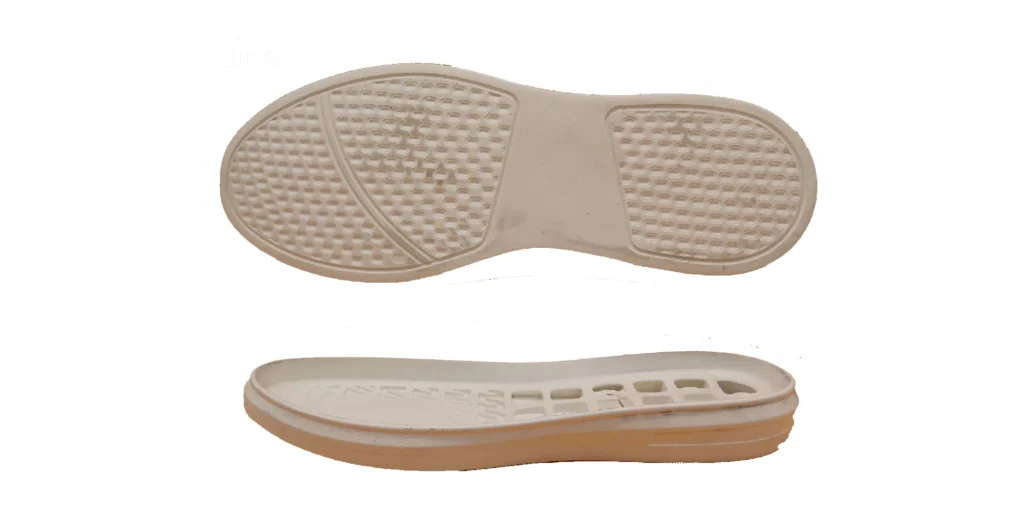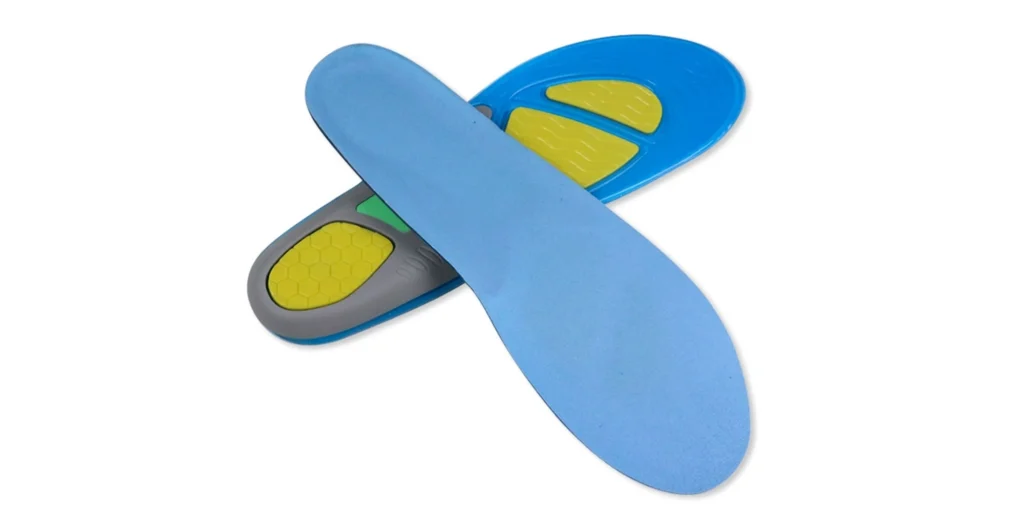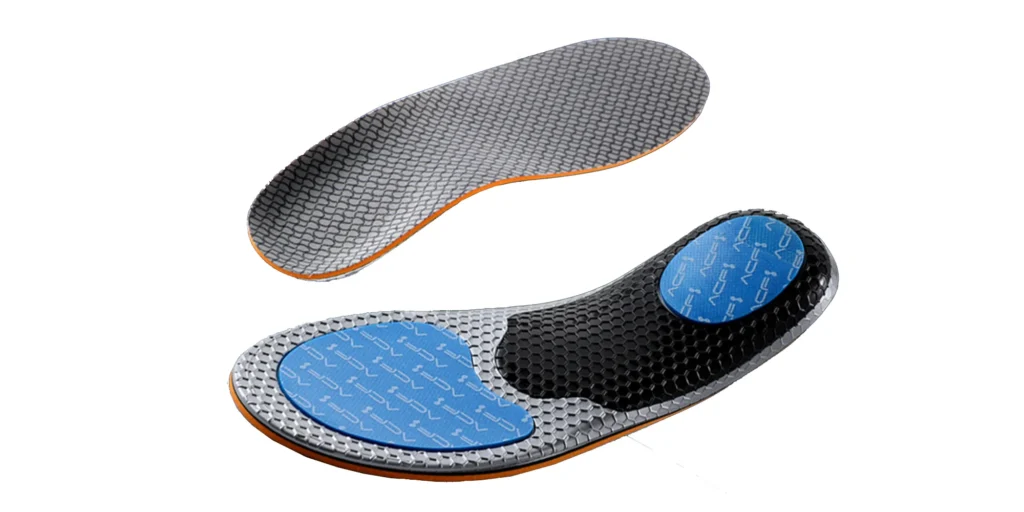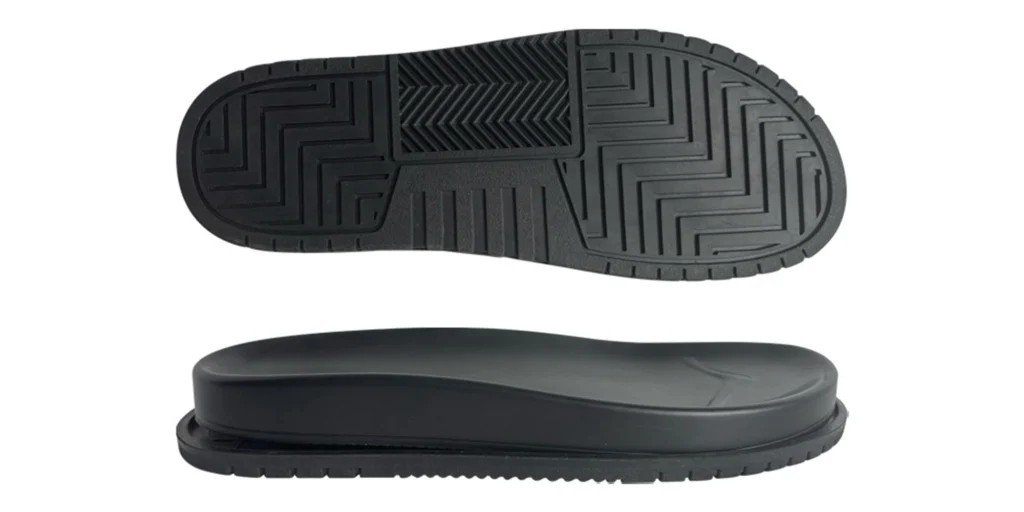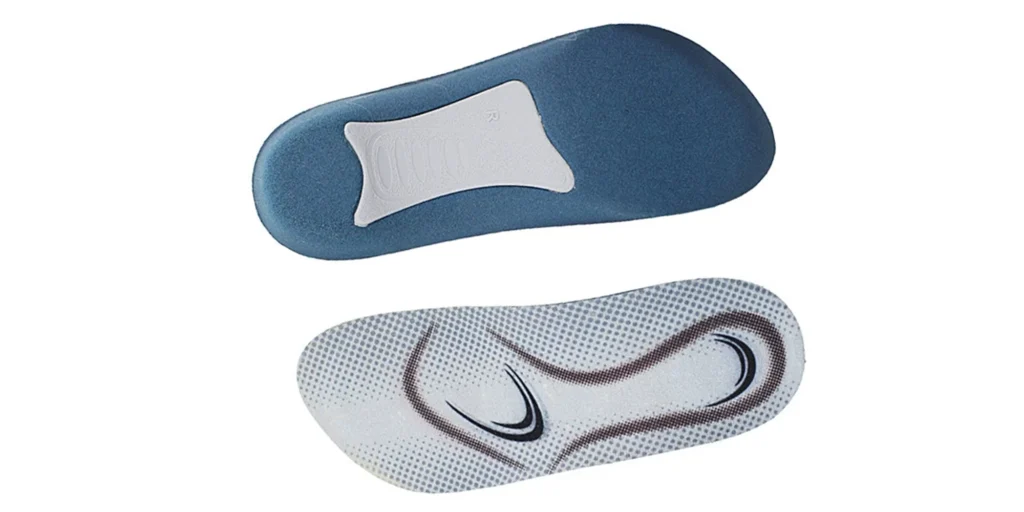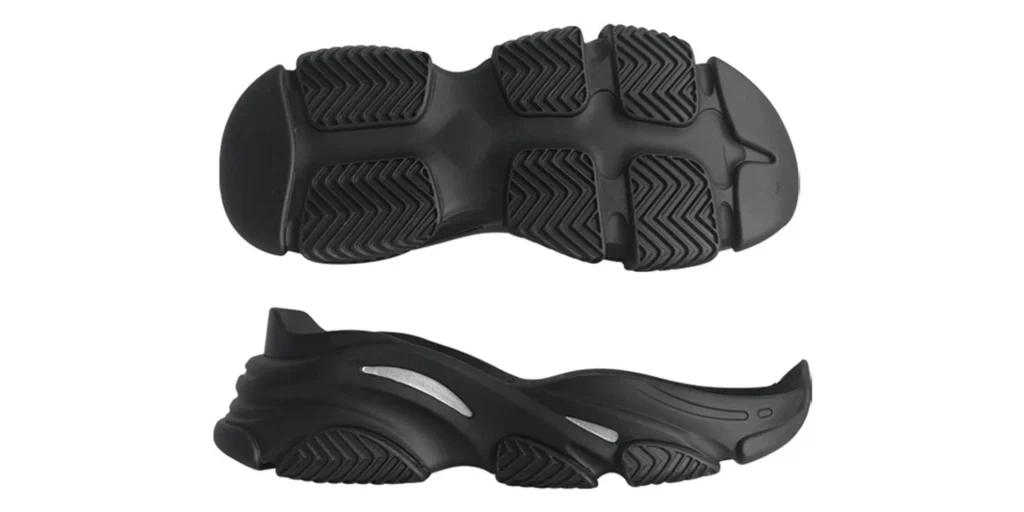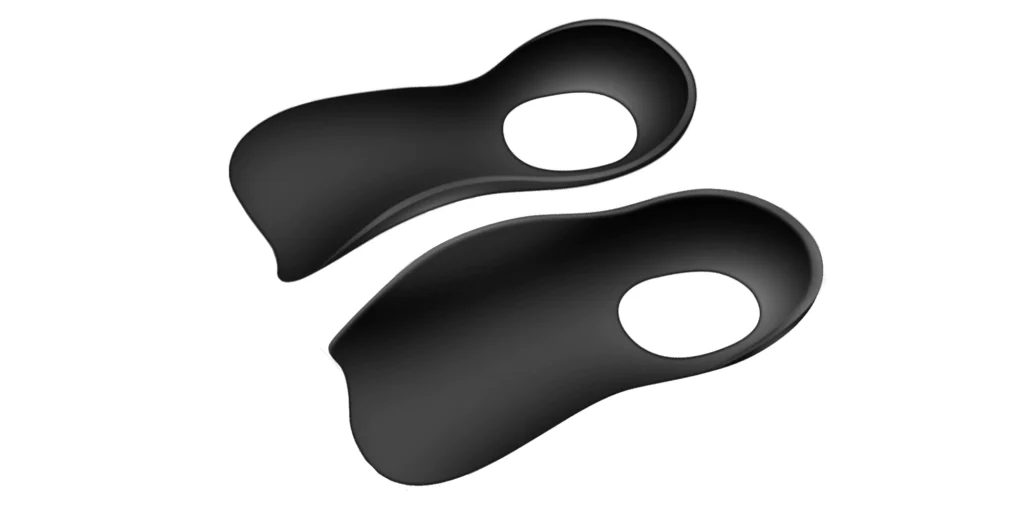Abstract
This study conducts an in-depth investigation into the critical performance challenges of ethylene-vinyl acetate (EVA) copolymer soles under elevated temperatures, with particular emphasis on the marked deterioration of material stability. Through systematic analysis of thermo-oxidative aging, crosslink network relaxation, and foaming agent thermal decomposition impacts on compression set, elasticity, hardness, abrasion resistance, and dimensional stability, the paper proposes a series of targeted technical solutions. These solutions encompass optimized material formulations (employing heat-resistant EVA copolymers, advanced antioxidant systems, specialized crosslinking/foaming agents), innovative processing techniques (precision temperature control and vulcanization parameters), structural engineering (functionally graded materials), and rigorous accelerated aging test protocols. The research aims to provide footwear manufacturers and materials engineers with practical technical guidance to enhance the durability, safety, and user experience of EVA-based footwear in tropical climates or specialized high-temperature applications (e.g., boiler rooms, foundries).
The exceptional flexibility, light weight, elasticity, and processability of EVA copolymers have established their predominance in sole manufacturing, particularly for athletic, casual, and slipper footwear. However, as consumer demands expand into high-temperature occupational environments and tropical regions—coupled with heightened durability expectations—the high-temperature performance of EVA soles, especially regarding material stability, has emerged as a critical industry concern. This paper examines the mechanistic degradation pathways of EVA soles under thermal stress and presents comprehensive mitigation strategies.
I. High-Temperature Degradation Mechanisms in EVA Soles (Challenges Analysis)
Prolonged or cyclic exposure to elevated temperatures (typically >40°C, extending beyond 100°C in extreme cases) induces multifaceted physicochemical alterations in EVA soles, leading to severe performance degradation:
- Accelerated Compression Set
The predominant failure mode stems from intensified molecular chain motion leading to crosslink network relaxation and thermo-oxidative scission. This compromises elastic recovery, causing permanent thinning under load (“bottoming out”) and catastrophic loss of cushioning performance. - Elasticity Degradation
High-temperature-induced chain scission and crosslink destruction reduce molecular flexibility and intermolecular forces, manifesting as stiffened, non-resilient soles. - Hardness Fluctuations
Microstructural changes may cause either softening (crosslink destruction) or hardening (secondary foaming agent decomposition, plasticizer migration, or oxidative crosslinking), deviating from design specifications. - Abrasion Resistance Decline
Thermally softened EVA exhibits increased surface friction while suffering reduced intrinsic strength, accelerating wear. - Dimensional Instability
Molecular rearrangement promotes bubble coalescence/rupture, resulting in macroscopic shrinkage, distortion, or localized collapse. - Surface Tackiness and Discoloration
Preferential oxidation of vinyl acetate segments generates carbonyl compounds causing surface adhesion, while antioxidant depletion leads to yellowing/browning.
These degradative processes not only compromise product lifespan and user comfort but may also create safety hazards in extreme thermal environments.
II. Enhancement Strategies for High-Temperature Stability (Technical Solutions)
A systematic approach addressing formulation, processing, design, and validation is essential:
A. Advanced Material Formulation
- High-performance EVA Selection
Prioritize copolymers with elevated VA content (>18%) and specialized stabilizers or third monomers for enhanced thermal resistance. - Synergistic Antioxidant Systems
- Primary antioxidants (hindered phenols) for radical scavenging
- Secondary antioxidants (phosphites/thioethers) for hydroperoxide decomposition
- Metal deactivators to inhibit catalytic oxidation
- Optimize component ratios (typically 1:1–3:1) using high-MW, low-volatility variants.
- Crosslinking/Foaming System Optimization
- Prefer dicumyl peroxide (DCP) crosslinking (1.0–1.5 phr) for superior C-C bond stability
- Employ thermally stable foaming agents (e.g., AC/OBSH blends) with decomposition temperatures slightly exceeding processing thresholds
- Reinforcing Fillers
10-30 phr of nano-clay or precipitated silica improves thermal stability without excessive elasticity sacrifice.
B. Precision Manufacturing Control
- Strict thermal management during compounding/vulcanization
- Homogeneous dispersion of additives
- Optimized curing parameters (time/pressure) to prevent under/over-crosslinking
C. Innovative Structural Design
- Functionally graded constructs featuring:
- High-temperature-resistant outsole materials (SBR, TPO/TPV)
- Optimized EVA midsole layers
- Dual-density or multilayer architectures for localized performance optimization
D. Performance Validation Protocol
Key evaluation metrics:
- Compression set (ASTM D395) at 70–100°C
- Hardness variation (ΔSh)
- Elastic rebound retention
- Visual inspection (discoloration, tackiness)
- Dimensional stability
- Standardized testing per GB/T 3512, ASTM D573 protocols with temperature acceleration exceeding operational conditions by 10–20°C.
FAQ
Q1: Our slippers exhibit permanent deformation in tropical climates—is this characteristic EVA thermal degradation?
A: Indeed, this manifests classic compression set failure from crosslink network degradation under thermal stress. Resolution requires formulation optimization (high-efficiency stabilizers, crosslink control), possibly superior EVA grades, and process refinement.
Q2: Beyond antioxidants, what formulation adjustments improve thermal stability?
A: Key modifications include:
- Specialty EVA grades with enhanced thermal resistance
- Precise DCP crosslinking system optimization
- Thermally stable foaming agent selection
- Nanocomposite reinforcement (surface-modified fillers)
Q3: Which manufacturing parameters most critically affect thermal stability?
A: Paramount control parameters:
- Precise temperature regulation during compounding/curing
- Optimal vulcanization time-pressure profiles
- Uniform additive dispersion
Q4: For extreme environments (e.g., boiler rooms), is EVA formulation alone sufficient?
A: For sustained >60–80°C exposures, implement:
- Multilayer designs with rubber/TPO outsoles
- Thermal barrier architectures
- Consider full-rubber alternatives where feasible
Q5: How to quantitatively evaluate thermal stability improvements?
A: Standardized testing should verify:
- Compression set <40–50% (70°C/22h)
- Hardness variation <±5–8 Shore A
- Rebound retention >80%
- Dimensional stability <2% change
- No surface defects per visual inspection
WELLE Trade has over 20 years of experience in the production and processing of PE/EVA/TPE foams, so you may want to consult with them if you have any sourcing needs.
